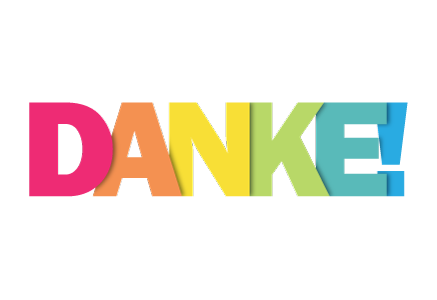It seems that the topic of digital sovereignty is becoming a bigger focus for more and more companies, administrations, educational institutions and institutions. Slowly but steadily, many executives are realizing how bad their digital independence is and are looking for alternatives. This is a good signal.
A growing number of companies, initiatives and schools are therefore now relying on open source solutions that make them more digitally independent. Public administrations are also increasingly asking themselves the question of digital sovereignty. Especially for administrations dealing with the OZG (Online Access Act) and becoming more digital for their citizens, solutions that promote digital sovereignty are more than useful. The “Act to Improve Online Access to Administrative Services” obliges the federal and state governments to also offer their administrative services electronically via administrative portals by the end of 2022. This not only makes life easier for citizens, it can also help employees. Imagine, for example, that the portal for booking a meeting appointment can directly see when the responsible employees have free time in their calendars. You could then individually block time for meetings in your own calendar and not be completely dependent on a system.
However, the switch to sovereign solutions is a particular challenge for administrations, since they work with a number of third-party applications in addition to standard solutions, such as Microsoft 365. Until now, many integrations have taken place as plug-ins via MS Outlook or Word or Excel. If the future lies in platforms and the cloud, then a connection via a piece of software on each individual end device is of course no longer up to date. Microsoft provides access to data in MS365 via the defined and documented Microsoft Graph (MS Graph) RestAPI. Third-party vendors of specialist applications or portals need such a defined standard interface to be able to equip their product with the organization’s important data. (Microsoft itself is increasingly becoming a platform – The platform offers with MS Graph a RestAPI to enable other applications the important communication).
Previously, it was not uncommon for third-party vendors to have to use completely different ways to access data from different platforms. It was not uncommon for the possibilities of integrating third-party applications or specialist applications to significantly limit the choice of platform – usually in favor of the market leader Microsoft.
We are changing this with the Kopano Kraph project, which is independent of Kopano Groupware. Kopano Kraph is the open source alternative to the data interface of MS365 and compatible with the RestAPI of MS graph.
This means that any business application that works with Microsoft Graph can also operate with Kopano Kraph instead. Thanks to the high compatibility, switching from Graph to Kraph is a breeze. With Kopano Kraph, a compatible RestAPI has been developed that passes on the same functions and endpoints to digitally sovereign solutions. One example is the appointment booking app Harmonizely .
Kopano Kraph is a standalone project that does not require the use of Kopano Groupware. It can also be used with other or completely different services.
Interested in the open source alternative to Microsoft Graph? Then contact our team at .



